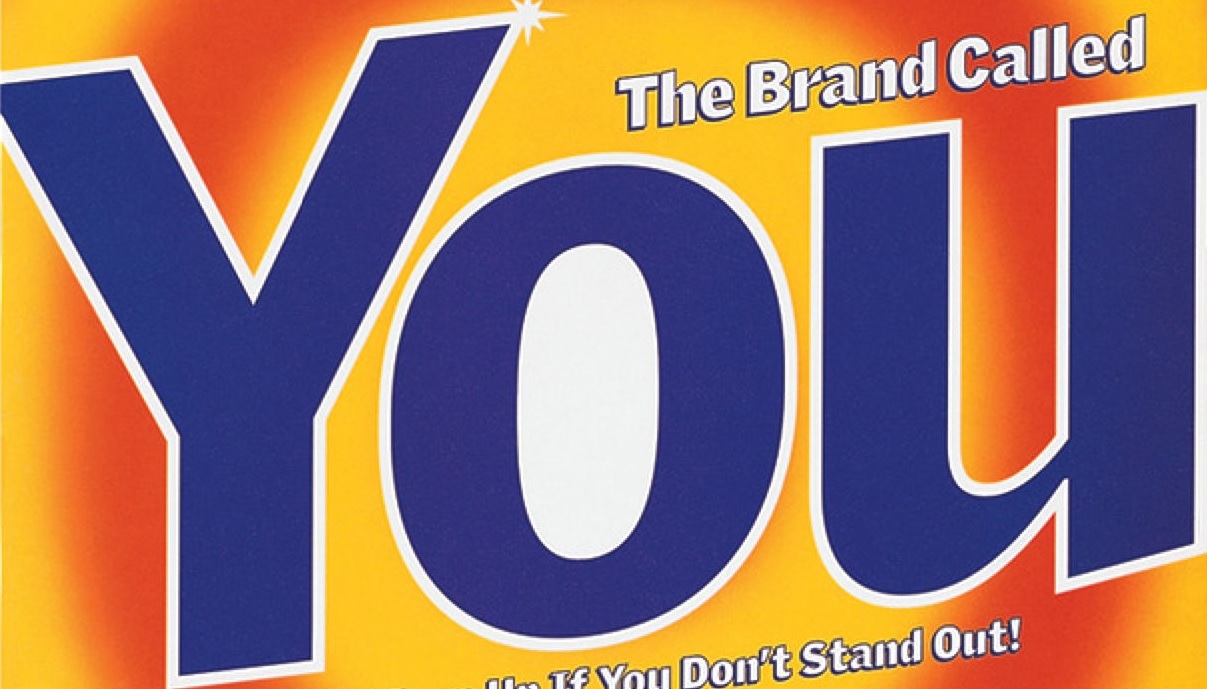The 10 Qualities of a Smart Working Resume.

Does your resume have what it takes to breach the 6-seconds barrier?
“Recruiters spend an average of six seconds before they make the initial ‘fit or no fit’ decision on candidates” – The Ladders, online career portal.
In an aggressive marketplace, average resumes get lost in cyberspace while smart resumes rise above the crowd and grab attention instantly. So what makes a resume great? And, will your resume win the six seconds battle?
Here are the top ten ways a smart resume immediately draws attention, positions you positively, communicates your value with aplomb, and sets you up to receive the interview call.
1. Makes a dramatic entry with a strong top one-third.
The eye is naturally drawn to the top third of the page and that’s why what you say in this section is very important in those crucial first few seconds.
The top third of your resume should contain the most impressive and noteworthy information about you. Ideally:
Your name, followed by the desired job title.
The basic contact information – preferably just the email ID and cell phone number along with an online link.
A compelling one-line brand statement that communicates your unique value and relevancy to the job opening.
2. Includes a link to your online profile.
It is becoming common practice for recruiters to anyway look up candidates online and review their profiles, so why not make it easier for them? Providing a link to your online profile, preferably your LinkedIn, blog or website URL, directs the hiring manager to the right place to find more relevant information about you.
3. Replaces the Objective Statement with a Value Proposition.
Think about this. What is the point of including a done-to-death, generic objective that claims “Energetic professional seeking challenging opportunities to leverage my skills in a dynamic organization” when it’s not adding any value whatsoever.
Why not replace it with a powerful value proposition or an executive summary – your ideal ’30-seconds elevator pitch’ that details who you are, what you’re great at, and how your skills ideally fit the job role.
4. Leverages the right keywords relevant to the job posting and your industry.
With the advent of the ATS (Applicant Tracking System), many companies use it or some other screening process to shortlist the first set of candidates. To make it to the first cut, make sure your resume features the right keywords, terminology, and key phrases that show up in job descriptions and are commonly used in your particular industry.
5. Quantifies your achievements.
Numbers are easy to remember. Don’t vaguely talk about the money you saved or brought in for your company, the projects that you delivered on time or the deals that you helped close. Add a numerical value to as many achievements and contributions as you can, in each major role mentioned in your resume.
6. Draws attention with white space and easy-to-read bullet points.
The best way to format information is to do it in a way that makes it easy to scan and train the spotlight on your key skills and relevant qualifications.
By avoiding dense blocks of text and by listing strengths, skills and achievements in three to five bullet points per job, you can automatically create white space and add elegance to your resume.
7. Uses reverse chronological order.
A dynamic profile followed by your key skills followed by your most recent job accomplishments draws the reader in and keeps him/her focused. Resumes written in this style are favoured by hiring managers because they’re able to do a quick scan and see what you have accomplished in the recent past.
8. Formats accomplishments in the STAR format.
Great story tellers often follow the STAR format – Situation, Task, Action, Result. This format also allows you to engage the recruiter by highlighting your skills and the result of your actions. Here’s an example to state an accomplishment:
“Revitalized the Client’s website with refreshing, SEO-rich content. The new site
leverages Web 2.0 and has witnessed web traffic increase by 60%”.
9. Avoids saying “references available upon request.”
The space on your resume is limited so make sure you don’t cloud it with phrases and lines that don’t add real value. Recruiters anyway know that you will provide references if they request so why state the obvious?
10. Avoids crazy fonts, colours, images or headers and footers.
As mentioned earlier in Point 4, companies use the ATS to shortlist candidates. So make sure your resume is ATS and mobile-friendly. This means, stick with basic black and white colours and regular fonts, such as Times New Roman, Arial, Verdana, or Calibri.
For the same reason, also avoid headers and footers, embedded tables, pictures, or other images in your resume. They may all look fine when you view your resume on your PC but could often get scrambled when put through an Applicant Tracking System.